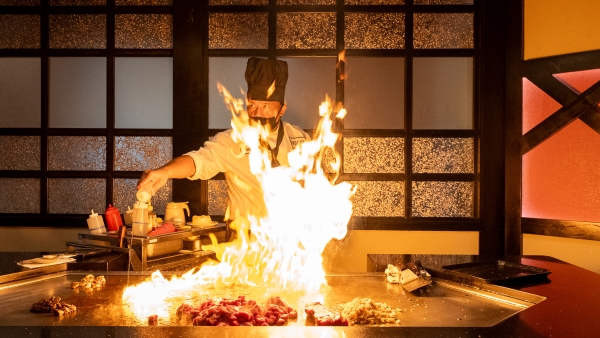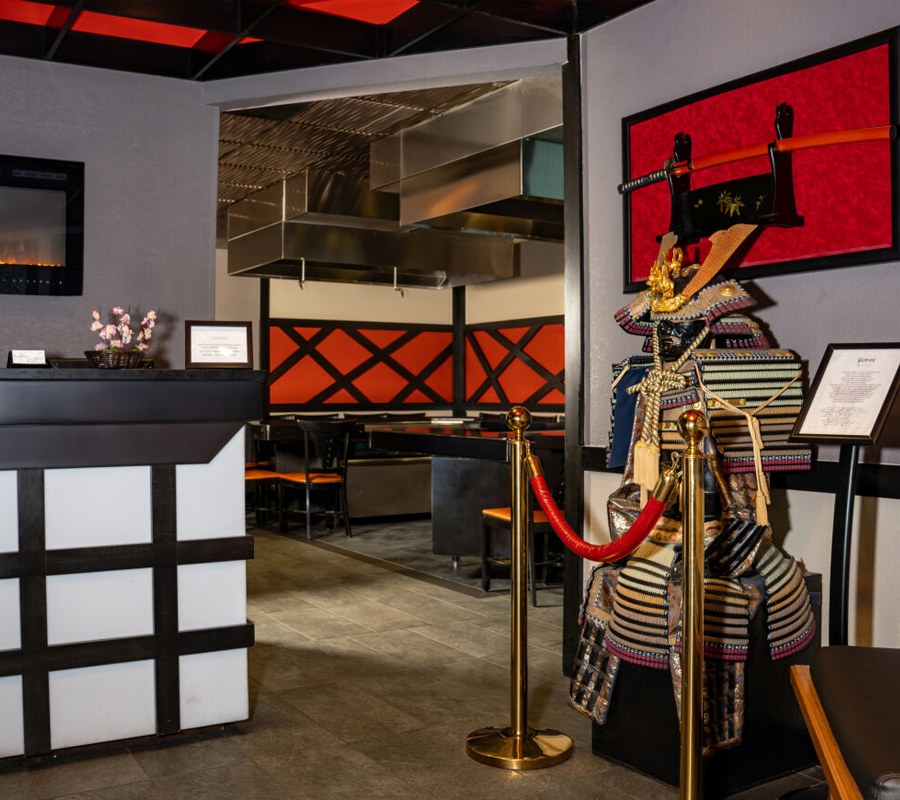At first glance, Japanese food and Chinese food may seem like they’d scratch the itch for the same craving, but the truth is the two cuisines are quite different from each other.
While the two borrow cultural influences from one another, Chinese and Japanese food are distinctly unique.
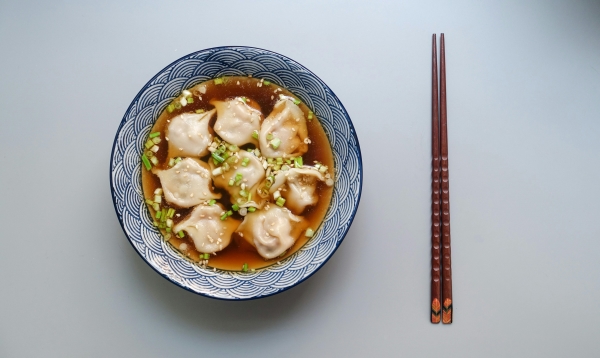
Let’s look at the differences in cooking technique, ingredients, and flavor profiles of both to better understand the battle of Chinese versus Japanese food – and maybe help you figure out just which one you’re craving for your next meal.
Table of Contents
Ingredients
Starches like noodles and rice are important in both Japanese and Chinese cuisines, but they are unique in style and how they are used.
In Japan, rice is typically white, short-grained, and served plain, since it’s most often served alongside other dishes.
Popular Japanese noodles like ramen, udon, and soba tend to be served with a hot broth or dipped in a chilled sauce.
Chinese rice and noodles like rice vermicelli and egg noodles are often stir-fried with vegetables and meat.
As far as proteins are concerned, Japanese often uses fresh seafood like fish, shrimp, octopus, and squid. They can either be cooked or served raw.
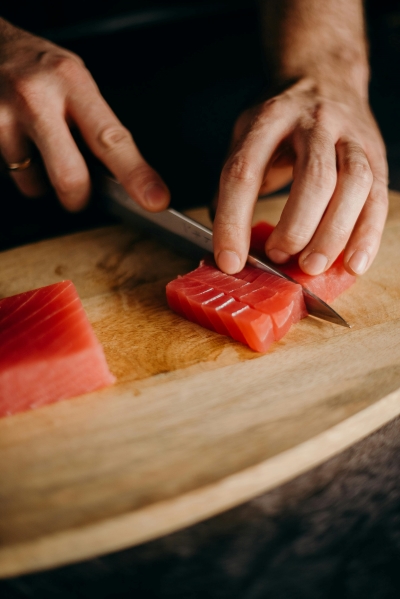
In Japan, seafood is also a cost-effective choice, since meats like chicken, pork, and beef tend to be more expensive. However, you’ll still find items like tonkatsu (breaded pork cutlet) and karaage (fried chicken) on Japanese menus.
In China, beef, pork, and chicken tend to be the most popular proteins, and are often stir-fried, deep fried, or braised. Duck and tofu are also considered staples.
In Chinese cuisine, nearly every part of the animal is cooked and eaten in some way, a practice which is unusual to find in Japanese culture.
Cooking Techniques and Preparation
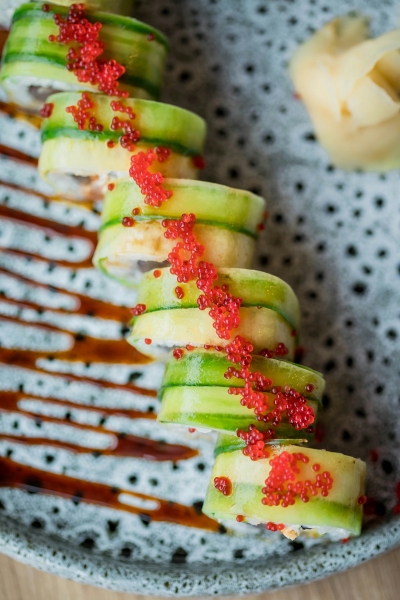
In Japan, it is believed that eating is a mindful experience that should engage all five senses.
That’s why, in Japanese cuisine, you’ll find far more emphasis on color, presentation, and simplicity than you might in Chinese dining.
Serving Japanese also use gentle cooking techniques like steaming, boiling, and grilling, which bring out the flavor of fresh ingredients without masking them heavily.
Of course, sushi often showcases fresh ingredients like fish served raw, simply to showcase subtle flavors, textures, and colors.
There are, of course, exceptions in Japanese cooking. Tempura is a deep-frying technique used to prepare vegetables and proteins, and teppanyaki is a method of grilling on a hot flat top.
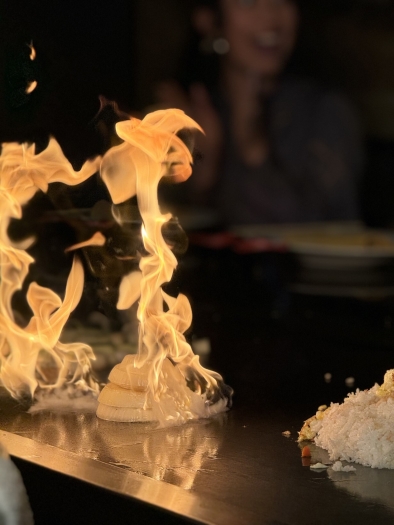
Chinese cooking often includes a deep, wide pan known as a wok, usually with vegetable or sesame oil.
Diners can often enjoy Chinese dishes that have been stir-fried or deep-fried, resulting in a variety of delicious flavors that appeal to a wide demographic.
Flavor Profiles
Despite sharing some similar ingredients, the flavor profiles of Japanese and Chinese food are quite different.
As we mentioned earlier, Japanese cuisine emphasizes the flavors, colors, and textures of fresh, simple ingredients. Dishes strive for balance and to appeal to diners’ senses.
For that reason, Japanese chefs typically don’t incorporate a lot of strong seasoning and spices into their food. Typically, they’ll use ingredients like salt, sugar, rice vinegar, cooking sake, and rice wine in their preparation.
Japanese dishes are often served with sauces like soy sauce, mayonnaise, ponzu, and eel sauce, but these condiments are typically used as toppings rather than incorporated into the cooking of the dish.
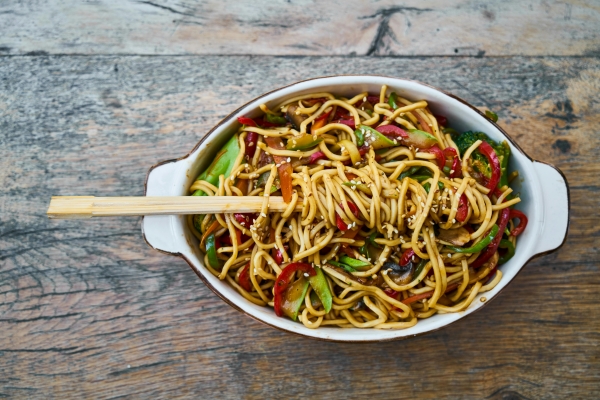
Chinese cuisine, however, is all about bold and exciting flavors.
It’s not unusual to find spices like dried red chili peppers, Chinese five spice powder, Sichuan peppercorn, fennel seeds, and cardamom in in Chinese dishes. Along with fragrant fresh ingredients like garlic and scallions, these seasonings can pack a flavorful punch.
While elements of Japanese food, like wasabi, incorporate heat into a dish, Chinese food is a spice-lover’s dream. Diners are far more likely to find hot and spicy dishes on a Chinese menu than a Japanese menu.
Did You Decide on Japanese? Come to Shogun Japanese Steakhouse in Orlando
Chinese and Japanese food are both beloved in Western culture and have been adopted and adapted in restaurants and homes around the country.
If you’re craving Japanese cuisine like freshly grilled steak, chicken, and seafood served with flavorful rice and vegetables or colorful sushi rolls prepared by a skilled sushi chef, join us at Shogun Japanese Steakhouse in Orlando.
Our entertaining teppanyaki chefs will amaze you with their showmanship and skills while you enjoy watching your dinner sizzle before your eyes.
If you’re craving Japanese food, make your reservation today!
